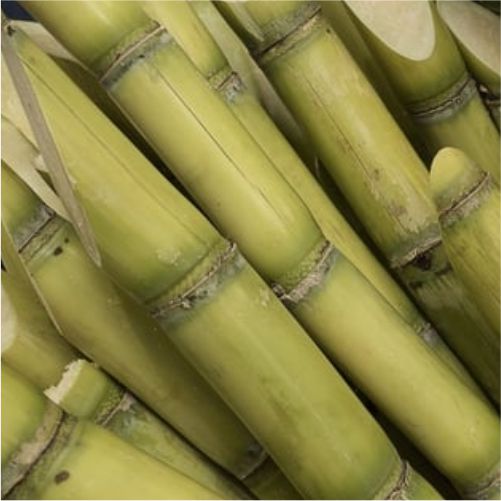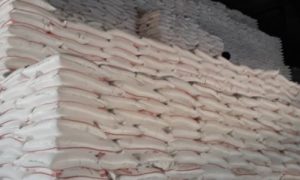After a dry August, September showers ease concerns over sugar supply a tad

“August and September are when the crop’s tillers (shoots) develop into millable canes. This grand growth period decides both yields (weight) and sucrose (sugar) accumulation in the cane. We were worried when it hardly rained in August,” explained Naiknavare.
India’s sugar supply situation “is not comfortable, but there’s no need to panic,” says Prakash Naiknavare, managing director of the National Federation of Cooperative Sugar Factories Ltd (NFCSF).
According to him, the driest ever August, with all-India rainfall 36.2% below the normal average for the month, did raise concerns over the sugarcane crop. This was more so in the cane-growing areas of western Maharashtra, Marathwada and northern Karnataka, where the corresponding deficiency ranged from 64 per cent to 74 per cent.
“August and September are when the crop’s tillers (shoots) develop into millable canes. This grand growth period decides both yields (weight) and sucrose (sugar) accumulation in the cane. We were worried when it hardly rained in August,” explained Naiknavare.
However, September has seen the southwest monsoon stage a revival, with the month recording an overall 10.6 per cent rainfall surplus so far. “These rains have been a lifesaver. Many farmers last month had actually started diverting standing cane for fodder. The extended dry spell then – especially in Marathwada and parts of Solapur, Ahmednagar and Pune districts – made it seem more remunerative for them to sell their cane and get immediate cash payment than trying to save it till the new sugar season (October-September),” stated Naiknavare.
The Maharashtra government, on September 13, even announced restrictions on the export of sugarcane outside the state. The decision was taken to ensure adequate supply for sugar mills to crush in the ensuing 2023-24 season.
Maharashtra, India’s top sugar producer, grows three cane crops: Adsali (planted in April-July and ready for harvesting in 18 months), pre-seasonal (August-November: 15 months) and suru January-February: 12-13 months). The staggering of plantings enables mills to get fresh cane throughout the crushing season from mid-October to mid-April.
Naiknavare stressed the need for more rains now to help fill reservoirs and recharge the groundwater, which will irrigate the standing cane beyond September.
The NFCSF has projected the current 2022-23 sugar year to close with stocks of 58.23 lakh tonnes (lt). That would be below the 71.23 lt and 83.98 lt of the preceding two years and, in fact, the lowest closing stock since the 39.41 lt of 2016-17. The stocks of 58.23 lt can meet the domestic consumption requirement for 2.5 months, by which time the crushing for the new season would be in full flow.
The Narendra Modi government is keen not to allow any surge in sugar prices particularly during the peak festival months, with Dussehra falling on October 23 and Diwali on November 12. It has already banned export since May and is yet to fix any quota for shipments in the new sugar year.
“They will probably see how the rains play out in September-October and its impact on production, before taking a call around January,” said Uppal Shah, CEO of AgriMandi. Meanwhile, the London-based International Sugar Organization has estimated a fall in global production of the sweetener from 1,770.24 lt in 2022-23 to 1,748.39 lt in 2023-25, along with a rise in consumption from 1,765.31 lt to 1,769.57 lt.
Source Link :- https://indianexpress.com/article/explained/after-a-dry-august-september-showers-ease-concerns-over-sugar-supply-a-tad-8949186/















